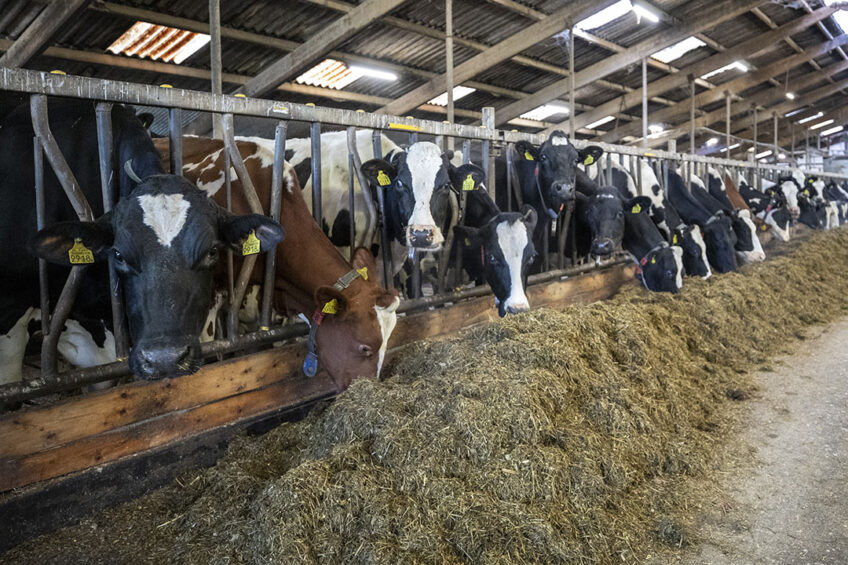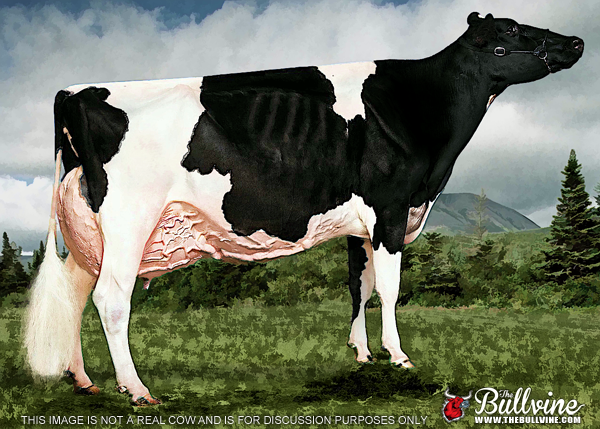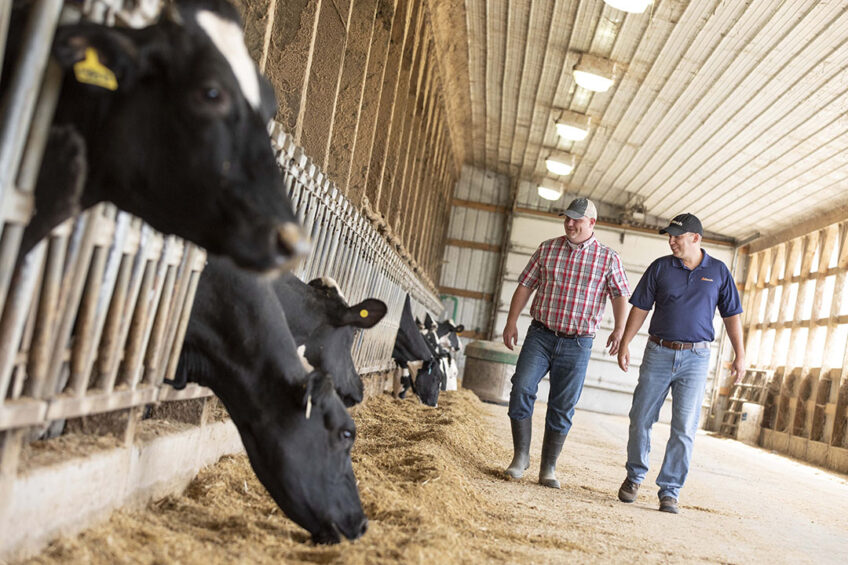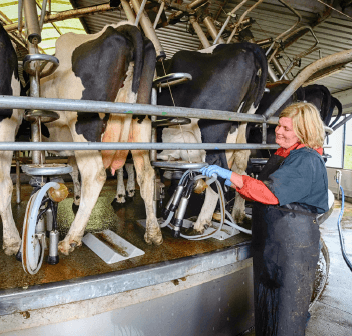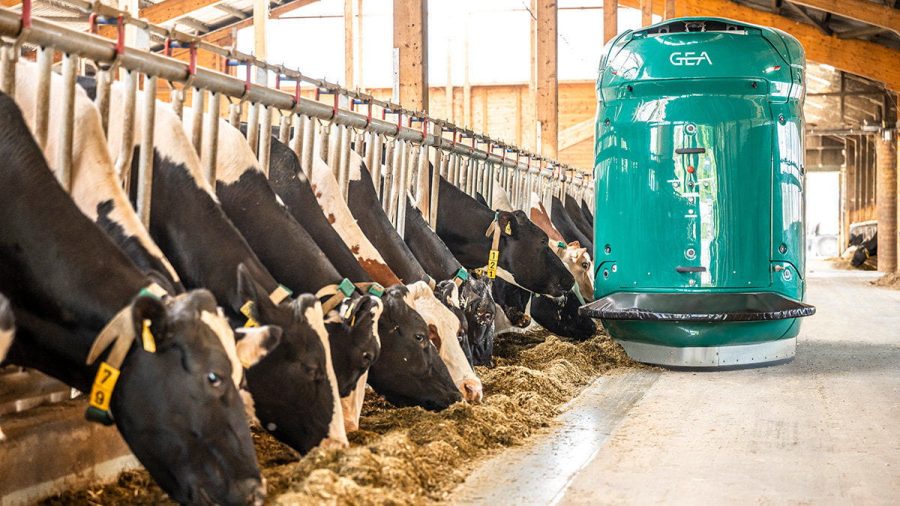Curious about gene-edited meat? Learn how FDA regulation ensures safety and innovation in your food, and what this means for the future of meat production.
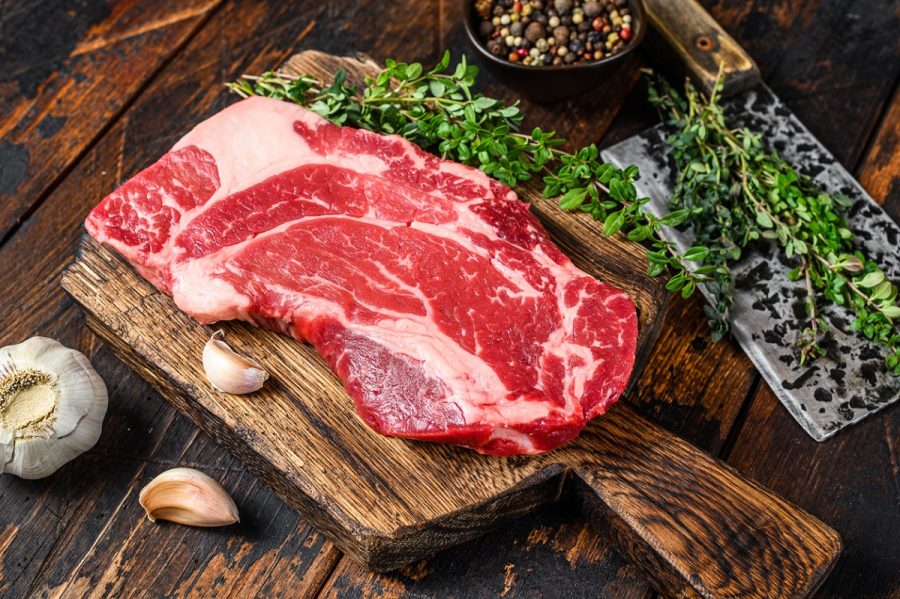
Imagine a world where the meat on your plate satisfies your palate and represents a marvel of modern science. This is not a distant fantasy but a reality unfolding through gene editing technology. Gene editing is a process where scientists and farmers make precise changes to the DNA of animals. These changes can make the animals more adaptable, healthier, and ultimately more efficient in meat production.
Gene editing, specifically through techniques like CRISPR (Clustered Regularly Interspaced Short Palindromic Repeats), allows for the targeted modification of an organism’s genetic material. This is distinct from genetic modification, which involves the introduction of foreign genes into an organism’s DNA. Unlike traditional breeding methods, which are limited by animals’ natural variability and generational time, gene editing can swiftly introduce beneficial traits. These advancements hold the promise of significant benefits:
“Gene editing provides a precision tool that traditional breeding lacks, enabling us to enhance animal welfare while meeting the growing global demand for meat more sustainably.” – Dr. Jane Smith, Agricultural Biotechnologist.
Among the myriad possibilities, gene-edited animals can be designed to possess traits such as enhanced resistance to diseases, improved growth rates, and greater adaptability to environmental changes. These traits can have significant health benefits for both the animals and the consumers. For instance, beef cattle with gene-edited shorter hair coats are better equipped to withstand heat stress, improving the welfare of the animals and potentially reducing the risk of heat-related health issues in consumers. Similarly, pigs with gene-edited immune systems can resist certain viral infections, reducing the need for antibiotics and the associated health risks. These changes contribute to the production of healthier meat products.
The Tug-of-War Over Gene-Edited Animals: FDA Reclaims Regulatory Reins
The regulatory landscape for gene-edited animals has been complicated, with debates between the FDA and USDA. Historically, the FDA managed genetically engineered animals to ensure public health and safety. In 2020, an executive order led the USDA, under then-Secretary Sonny Perdue, to try to take over this role to reduce regulatory barriers in American agriculture. Now, the FDA has reaffirmed its central role in regulating animals with intentional genomic changes while working with the USDA when needed. This decision is formalized in a memorandum of understanding outlining the shared responsibilities of both agencies.
FDA’s Comprehensive Approach to Gene-Edited Meat: Ensuring Safety, Quality, and Effectiveness
The FDA’s role in regulating gene-edited meat is not just about safety, but about ensuring the effectiveness of genetic alterations and protecting animal welfare. This comprehensive approach, which includes rigorous evaluation of potential impacts, thorough testing of food products, and verification of intended benefits, is designed to maintain high standards of public health and animal welfare.
Firstly, the FDA ensures the well-being of gene-edited animals, rigorously evaluating the potential impacts of genetic modifications to prevent adverse effects.
Secondly, the FDA guarantees the safety of food products from these animals. This includes thorough testing to ensure meat, dairy, and other products are safe and comparable to those from traditionally bred animals. These stringent standards maintain consumer confidence.
Lastly, the FDA verifies the effectiveness of the genetic alterations, ensuring intended benefits like heat resistance or better growth rates are achieved without unintended consequences. These changes should enhance animal welfare or boost food production efficiency, supporting agricultural innovation.
In fulfilling these responsibilities, the FDA aims to balance innovation and safety, ensuring gene-edited animals contribute to sustainable agriculture while maintaining high public and animal health standards.
Balancing Act: USDA’s Critical Role in Supporting FDA’s Oversight of Gene-Edited Animals
While the FDA leads in regulating gene-edited animals, the USDA remains a crucial partner. USDA’s Food Safety and Inspection Service (FSIS) enforces essential standards through the Federal Meat Inspection Act, Poultry Products Inspection Act, and Egg Products Inspection Act, ensuring all meat, poultry, and egg products are safe and high-quality.
A Memorandum of Understanding (MOU) cements the partnership between the FDA and USDA. As per this MOU, FSIS will aid the FDA in assessing gene-edited products for disease transmission and animal health risks. This collaboration leverages both agencies’ expertise to safeguard public health and the integrity of the food supply.
USDA: An Integral Partner in the Regulatory Landscape for Gene-Edited Meat Products
The USDA complements the FDA’s oversight by focusing on the quality and safety of meat, poultry, and egg products. They enforce the Federal Meat Inspection Act, the Poultry Products Inspection Act, and the Egg Products Inspection Act. These laws ensure that all animal-derived food products meet strict safety and quality standards before reaching consumers.
The FDA and USDA formalized their roles through a Memorandum of Understanding (MOU) to streamline efforts. This document clarifies the FDA’s primary authority over genetically engineered animals and highlights collaboration efforts. According to the MOU, the USDA’s Food Safety and Inspection Service will access records related to pending submissions of gene-edited products. This cooperation allows the USDA to evaluate risks such as disease transmission or impacts on animal health, adding an extra layer of scrutiny to protect public health. The FDA and USDA also hold regular meetings to discuss new developments and share information, ensuring a comprehensive and up-to-date regulatory approach.
Transformative Impact: FDA-Approved Gene-Edited Animals Revolutionize Agricultural Practices
Gene-editing technology offers groundbreaking advancements in animal agriculture, enabling enhancements in efficiency and welfare. FDA-approved gene-edited animals exemplify these innovations:
- Feed-Efficient Salmon: Engineered to grow faster with less feed, promoting sustainable aquaculture.
- Heat-Resistant Beef Cattle: Featuring the SLICK gene mutation, these cattle efficiently manage heat stress.
- Welfare-Improved Pigs: Gene-edited for traits that enhance health and resilience, improving overall welfare.
FDA’s Mandate: Safeguarding Public Health Through Rigorous Regulation of Gene-Edited Meat Products
The FDA’s role in regulating gene-edited meat products stems from its core mission to protect public health. With its extensive experience in evaluating food and drug safety, the FDA is uniquely equipped to assess the health implications of genetically altered animals. This expertise ensures that both the animals and the consumers who eat them are safeguarded.
The collaboration between the FDA and USDA is not just a partnership but a strategic synergy that creates a robust regulatory framework for gene-edited meat. The FDA’s expertise in food safety, combined with USDA’s strength in meat inspection and labeling, ensures a comprehensive oversight system. This dual-agency approach is a testament to the commitment to consumer safety, disease risk management, and public health concerns.
Strategic Synergy: FDA and USDA’s Collaborative Effort in Gene-Edited Meat Regulation
Effective regulation of gene-edited meat hinges on seamless data sharing between the FDA and USDA. Per their MOU, the FDA shares records of pending gene-edited product submissions with the USDA, ensuring a comprehensive risk evaluation. This collaboration allows the USDA to identify agricultural risks like disease transmission and animal health concerns that may be overlooked from a public health viewpoint.
By working together, the FDA and USDA conduct thorough examinations of genetic modifications and their broader impacts. The USDA’s evaluations help determine if specific genetic traits might introduce new disease vulnerabilities or negatively affect animal welfare. This synergy enhances consumer safety and animal health, fostering a more resilient agricultural system.
Cooling the Herd: The SLICK Gene Mutation’s Role in Combating Heat Stress in Cattle
The SLICK gene mutation effectively solves heat stress in cattle, a significant challenge in animal agriculture. This genetic alteration, resulting in a shorter hair coat, has proven invaluable for cattle producers facing rising global temperatures that threaten animal welfare and productivity.
In hot climates, cattle naturally struggle to dissipate body heat, often leading to reduced feed intake, slower growth, impaired fertility, and increased mortality. By integrating the SLICK gene mutation—initially found in some dairy cattle—into beef cattle using CRISPR technology, scientists have developed animals better equipped to manage their body temperature.
These gene-edited cattle have reduced hair density, enhancing their heat dispersion and allowing them to maintain normal metabolic functions even under stress. This means fewer losses and improved overall herd performance for cattle producers, especially during heatwaves.
The FDA’s rigorous safety assessment in 2022 affirmed that meat from these gene-edited cattle posed a low risk to public safety. They found that the genomes of these cattle were identical to those of naturally mutated animals, producing beef indistinguishable from conventionally bred cattle. This underscores the FDA’s commitment to consumer safety while embracing biotechnological advancements in agriculture.
The Bottom Line
The FDA’s regulation ensures gene-edited meat is safe and effective, tackling critical issues like allergenicity and food safety essential for public health. Gene editing offers significant benefits—more adaptable animals, enhanced welfare traits, and better feed efficiency. However, stringent oversight is vital to gain consumer trust. By maintaining rigorous evaluations and collaborating with USDA, the FDA aims to provide transparency and security, contributing to a more sustainable and efficient agricultural sector.
Key takeaways:
- FDA Leadership: The FDA has announced it will take the lead in regulating gene-edited animals, consulting with the USDA where necessary.
- Historical Context: This decision follows years of debate between the FDA and USDA, including a 2020 attempt by the USDA to take over the FDA’s oversight of animal biotechnology.
- Regulatory Roles: The FDA’s focus is on ensuring the safety and effectiveness of gene-edited animals, whereas the USDA enforces laws related to meat, poultry, and egg products.
- Public Health Emphasis: Some experts believe the FDA’s public health-oriented approach makes it the most suitable regulator for gene-edited meat.
- Collaborative Effort: An MOU between the FDA and USDA outlines a cooperative framework, including shared records and evaluation of disease transmission risks.
- Real-World Applications: Successful gene editing, like the SLICK gene mutation for shorter hair coats in cattle, showcases significant benefits such as reduced heat stress.









